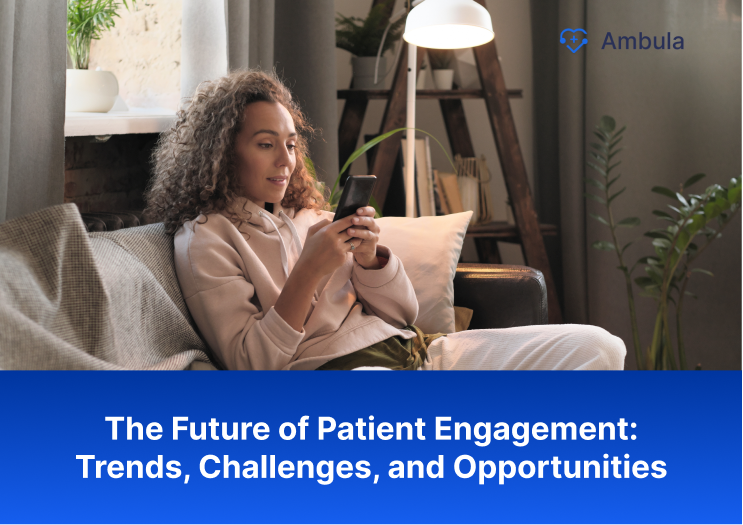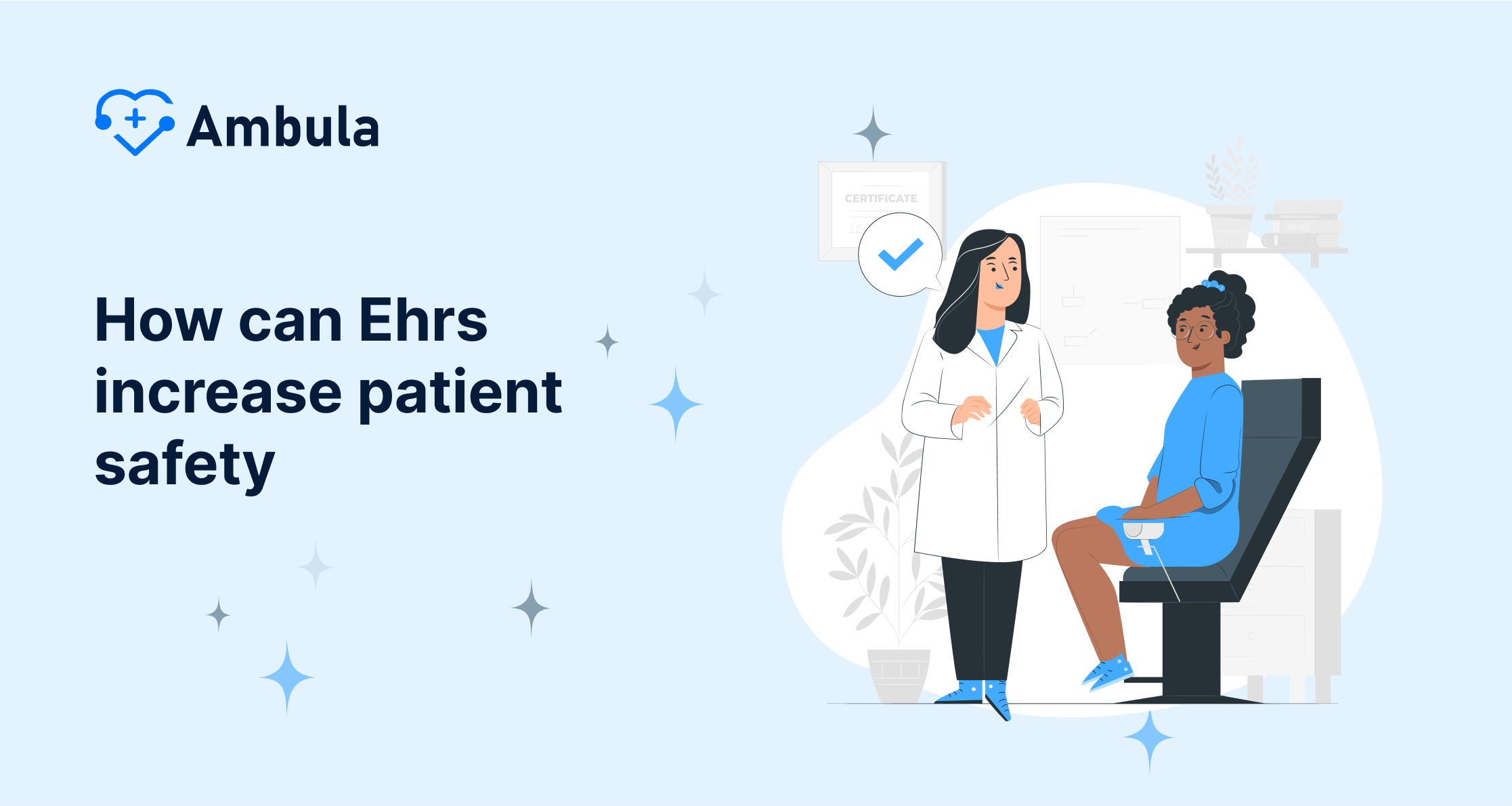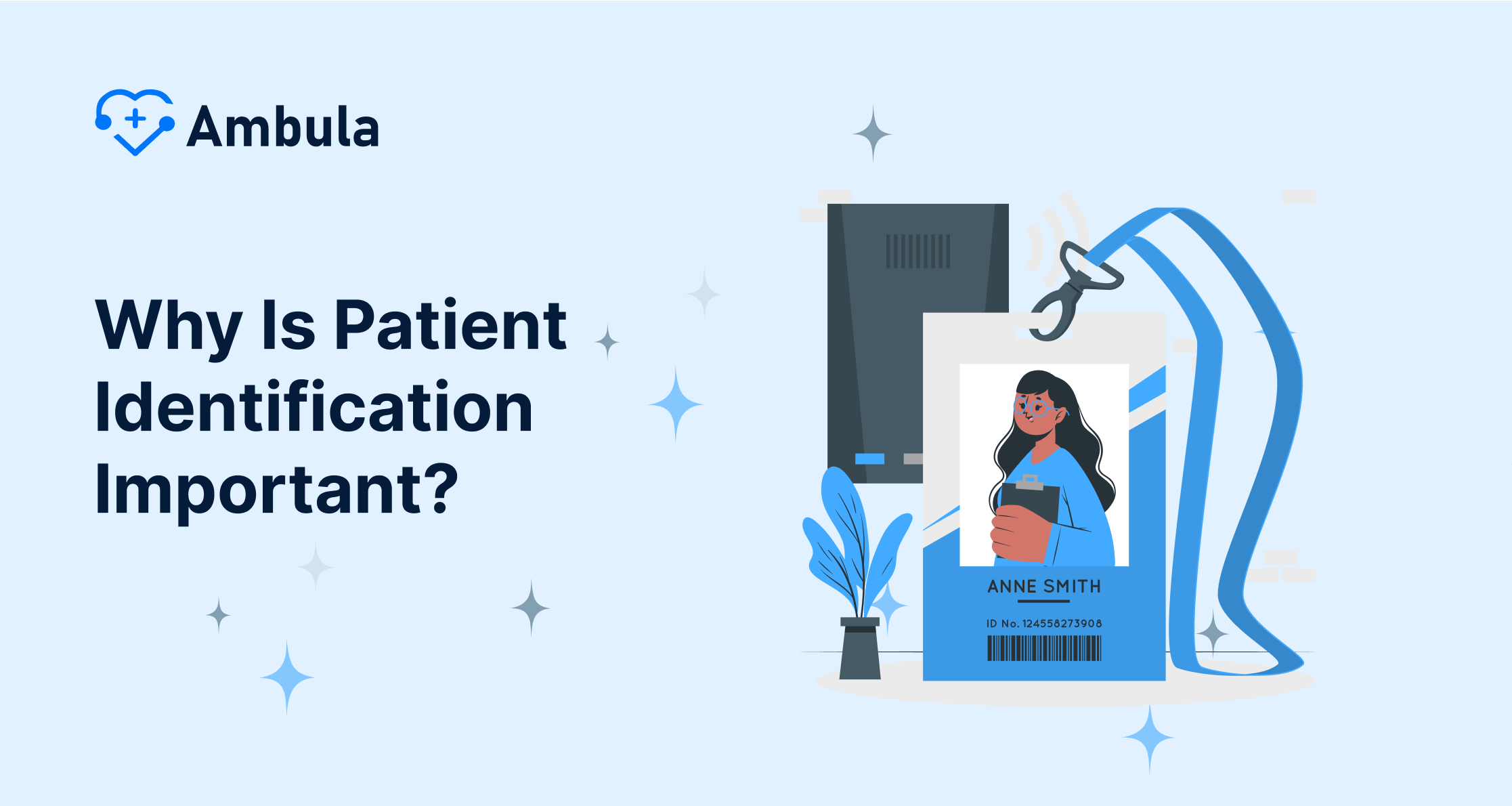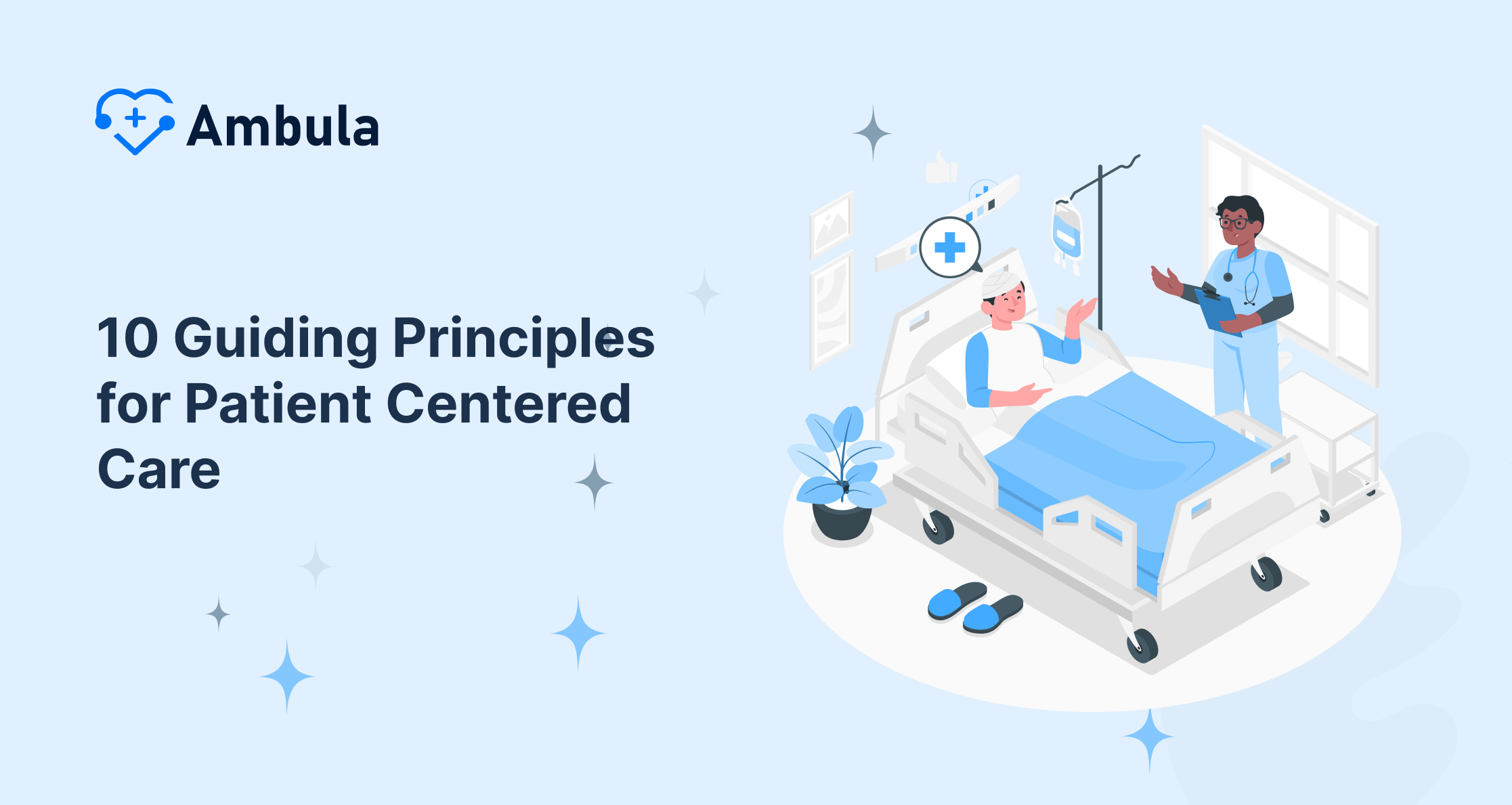
Patient engagement is critical to modern healthcare, as it helps improve patient outcomes and satisfaction while reducing healthcare costs. With the rapid advancement of technology and the changing expectations of patients, the future of patient engagement is likely to be shaped by several trends, challenges, and opportunities.
- Increased use of technology
- Greater emphasis on patient empowerment
- Privacy and security concerns
- limited access to technology
- Cost savings
- Better communication
Trends
Increased use of technology
One trend in patient engagement that we’re likely to see in the future is increased use of technology. With the widespread adoption of smartphones and other mobile devices, patients increasingly rely on technology to manage their health. They use mobile apps to track symptoms, schedule appointments and communicate with healthcare providers. This means that healthcare providers will need to adapt to these new technologies and find ways to integrate them into their care delivery models. This can include developing their apps, telemedicine, or electronic health records.
Using technology, healthcare providers can improve patient engagement and satisfaction by providing patients with more information and control over their care. It also makes it more convenient for patients to access healthcare services and communicate with their providers. It is a win-win situation for both the patients and the healthcare providers.
Greater emphasis on patient empowerment
Another trend in patient engagement is a greater emphasis on patient empowerment. This means that patients are becoming more informed and active in their healthcare and expect to be treated as partners in their care. They want access to their health information and to be involved in decision-making processes. This shift towards patient empowerment is driven by several factors, such as the availability of health information online and the desire for patients to take a more active role in managing their health.
For healthcare providers, this patient empowerment trend presents challenges and opportunities. On the one hand, it can be difficult for healthcare providers to keep up with patients’ changing expectations and provide them with the information and tools they need to take a more active role in their care. On the other hand, by engaging patients more fully in their care, healthcare providers can improve patient outcomes and satisfaction. This is because when patients are more informed and involved in their care, they are more likely to adhere to treatment plans and take steps to prevent illnesses.
One of the ways healthcare providers can adapt to this trend is by providing patients with more information and giving them more control over their care. This can include providing patients access to their health records, involving them in treatment decisions, and encouraging them to manage their health actively.
Challenges
Privacy and security concerns
As patients use technology to manage their health, there is a risk that their personal health information may be compromised. This can include hacking, data breaches, or unauthorized access to patient information. This is a serious concern, as it can lead to financial fraud, identity theft, or even harm a patient’s health if sensitive information is shared without their consent.
To address this challenge, healthcare providers must comply with all relevant laws and regulations to protect patient data. This includes implementing strong security measures, such as encryption and firewalls, to protect patient information. They must also have a data breach response plan in case of a security incident. Additionally, healthcare providers should educate patients on protecting their health information and identify and report potential security breaches.
Another aspect of this challenge is ensuring that patient data is used appropriately. This means that healthcare providers must ensure that patient data is only used for the purpose for which it was collected and that patients have the right to access, correct, or delete their personal information.
limited access to technology
Sure, another challenge in patient engagement is limited access to technology. While technology can be a powerful tool for patient engagement, not all patients can access it. This can create disparities in care, with some patients being left behind. This is particularly true for vulnerable populations, such as low-income individuals, older adults, or people living in rural areas.
For healthcare providers, this presents a challenge as they must find ways to ensure that all patients have access to the technology they need to manage their health. This can include providing patients with devices such as smartphones or tablets or offering training on using technology to manage their health. Additionally, healthcare providers can look for ways to make technology more affordable or accessible, such as providing subsidies or finding low-cost alternatives.
Addressing limited access to technology is essential for ensuring all patients can engage in their care and manage their health. With technology becoming more prevalent and necessary in healthcare, healthcare providers must find ways to make technology accessible to all patients.
Opportunities
Cost savings
Another opportunity in patient engagement is cost savings. By empowering patients to take a more active role in their care, healthcare providers can reduce costs by preventing unnecessary hospital visits and tests.
For example, when patients are more informed and involved in their care, they are more likely to adhere to treatment plans and take steps to prevent illnesses. This can result in fewer hospital readmissions and less need for expensive tests and procedures.
Another way that healthcare providers can save costs is by reducing administrative tasks and paperwork. For example, by using electronic health records (EHRs) instead of paper records, healthcare providers can save time and money by eliminating the need for manual data entry and having all patient information in one place. This also allows healthcare providers to access and share patient information quickly and securely.
Healthcare providers can use technology such as telemedicine to reduce patient transportation, lodging, and time off work costs.
Overall, by empowering patients to take a more active role in their care, healthcare providers can improve patient outcomes and satisfaction and save costs. This is a win-win situation for patients and healthcare providers, leading to better health outcomes and financial savings.
Another opportunity for patient engagement is better communication with patients. By using technology to communicate with patients, healthcare providers can improve patient engagement and satisfaction by giving patients more information and control over their care.
For example, with electronic health records (EHRs), patients can access their health information, such as lab results and medical history, anytime. Healthcare providers can easily share and access patient information, improving care coordination and continuity.
Better communication
Another way to improve patient communication is through mobile apps, allowing patients to schedule appointments, receive reminders, and communicate with healthcare providers. This can lead to improved patient satisfaction and better care coordination.
Healthcare providers can use technology to communicate with patients to improve patient engagement and satisfaction. Patients will feel more in control of their care and have better access to information about their health, leading to better outcomes and overall satisfaction with the healthcare experience.
Conclusion
Several trends, challenges, and opportunities will likely shape the future of patient engagement. By understanding these trends and addressing the challenges, healthcare providers can take advantage of the opportunities to improve patient outcomes and satisfaction while reducing costs.




